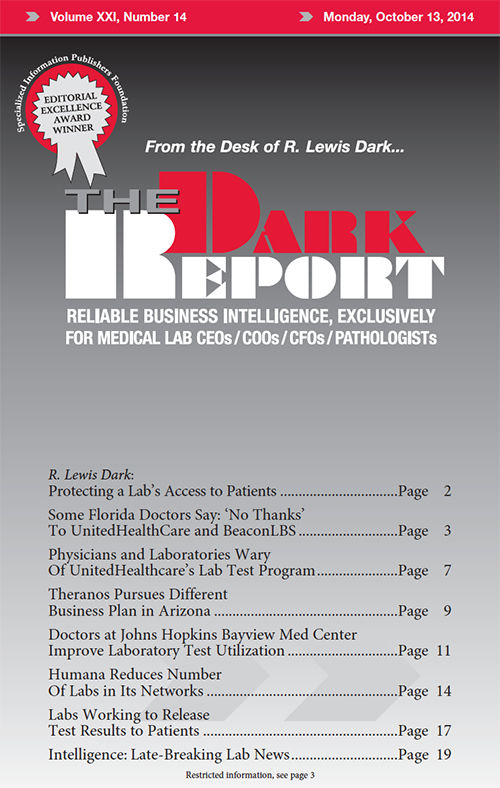CEO SUMMARY: A new federal requirement requires labs to make test results available to patients beginning this month. What is unknown is how patients will respond to the opportunity to see their lab test results. The effective date for this new requirement was October 6. It is expected that patients with chronic conditions will have …
Labs Working to Release Test Results to Patients Read More »
To access this post, you must purchase The Dark Report.


